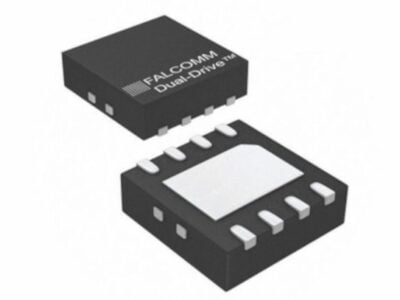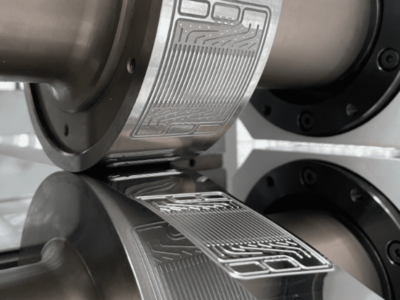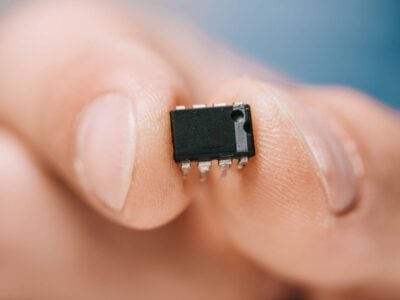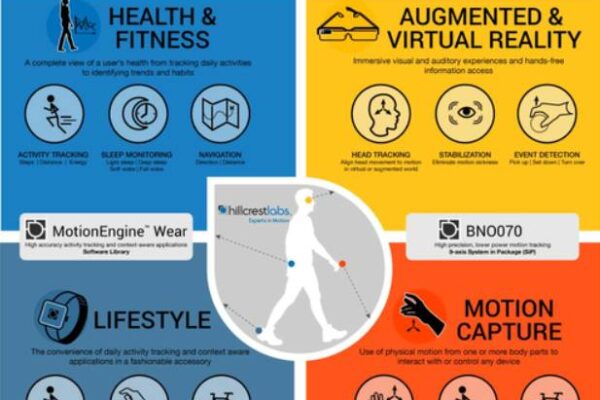
To meet that growing demand, motion-software specialist Hillcrest Laboratories, Inc. (Rockville, Maryland) has created a version of its Internet of Things (IoT) platform—MotionEngine Wear—especially designed for alway-on operation (without running down the battery) and with all the functions built-in that most wearables require.
The basic feature set includes accurate activity tracking, advanced sleep monitoring, context awareness, intuitive gesture controls, precise compass heading and orientation, plus Hillcrest will add any other special functions required by the original equipment manufacturer (OEM).
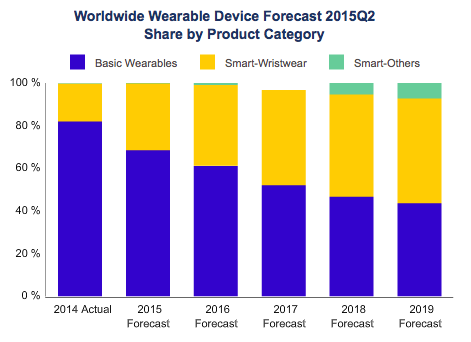
IDC predicts that wearable shipments return a five-year compound annual growth rate (CAGR) of 22.9 percent, broken down by type in the graphic above. (Source: IDC Worldwide Quarterly Wearable Device Tracker, September 14, 2015)
"We will to create features particular to any vertical market segment, like we added a SensorFusion function for the smartphone market," Chad Lucien, senior vice president of sales and marketing at Hillcrest Labs told EE Times. "Today we’re moving from smartphones to wearables with MotionEngine Wear SensorFusion plus a whole range of functions specific to wearables."
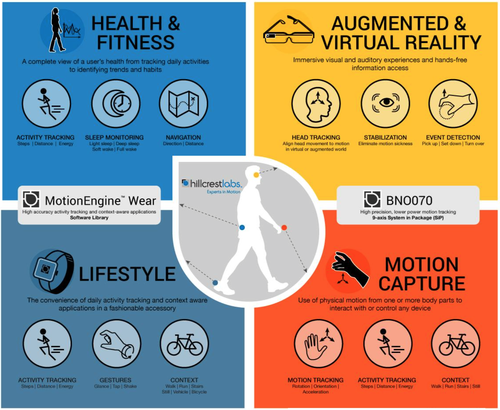
Hillcrest already provides complete solution for Virtual- and Augmented-Reality(top right) and motion capture wrist-worn wearables (bottom right) using its BNO070 combo microcontroller, firmware and 9-axis sensor hub chip developed with Bosch. However its new MotionEngine Wear (blue) software solution has more sophisticated motion-tracking algorithms, such as sleep monitoring, navigation and gesture recognition. (Source: Hillcrest, used with permission)
Hillcrest already has an all-in-one chip containing 9-degrees of freedom microelectromechanical system (MEMS) sensors called the BNO070 (manufactured in cooperation with Bosch), including an on-chip ARM Cortex-M processor with specialized MotionEngine functions pre-burned into firmware called SH-1, which is already being used by the augmented- and virtual-reality (AR/VR) markets (including the Razor OSVR VR headset kit).
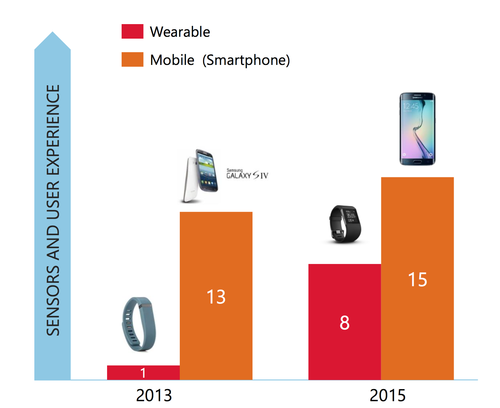
One reason the MotionEngine Wear software is needed now is that wearables like the FitBit Flex have added seven sensors in its latest FitBit Surge, likewise Samsung’s Galaxy S4 has added two sensors in its Galaxy S6. (Source: Hillcrest, used with permission).
However, the MotionEngine Wear firmware is completely processor and sensor agnostic, with Hillcrest maintaining an up-to-date library for all the major MEMS sensor makers and all the major microcontroller makers including Atmel (reportedly to be acquired by U.K.-based Dialog Semiconductor PLC), NXP, ST Microelectronics, and supporting designs using ARM Cortex-M, Cadence Tensilica Fusion DSP and Synopsys ARC EM. It is also OS agnostic, so can be deployed when using platforms with Android, Android Wear, Tizen, WebOS and any RTOS.
"Wearables are adding more and more sensors, when most only had an accelerometer a few years ago," Lucien told EE Times. "And as more sensors are added, it becomes more difficult for OEMs to write their own software making MotionEngine Wear an increasingly attractive alternative."
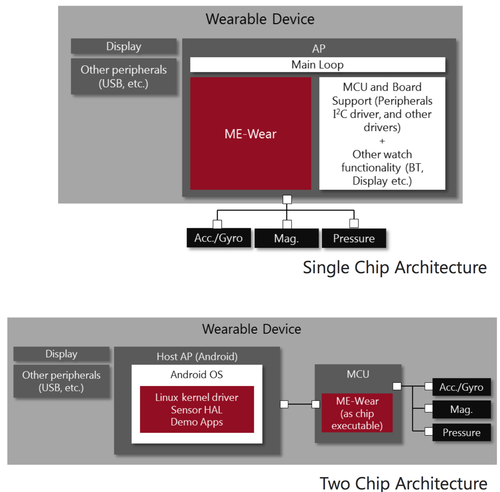
Hillcrest says its MotionEngine Wear can run on any application processor (top) or any auxilliary microcontroller or sensor hub (bottom), including ARM Cortex-M or even digital-signal processors (DSPs) including, Cadence Tensilica Fusion DSP, and Synopsys ARC EM. (Source: Hillcrest)
MotionEngine Wear automatically senses the activity state of the wearable—such as stationary, walking, running, biking, in-vehicle, and can also be run on the application processor itself—for the smallest possible form factor—or on the separate sensor hub processor for more robust systems such as the Android SoC + Hub like SAM-G or any other sensor hub processor, including the Alcatel One-Touch Watch which uses a subset of MotionEngine Wear.
About the author:
R. Colin Johnson, Advanced Technology Editor, EE Times
 If you enjoyed this article, you will like the following ones: don't miss them by subscribing to :
eeNews on Google News
If you enjoyed this article, you will like the following ones: don't miss them by subscribing to :
eeNews on Google News
